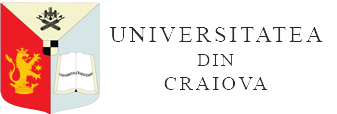RESEARCH ON THE SELECTIVITY AND EFFICACY OF HERBICIDES FOR CONTROLLING WEEDS FROM THE WHEAT CROP IN PEDOCLIMATE CONDITIONS FROM NARDI FUNDULEA
DOI:
https://doi.org/10.52846/aamc.v52i1.1343Abstract
This paper present the results obtained at National Agricultural Research and Development Institute Fundulea, during 2021-2022, according to the new herbicide treatments: Floramix (70,8 g/kg piroxsulam + 14,2 g/kg florasulam + 70,8 g/kg cloquintocet-mexil - safener) + Dasoil 26-2 N (Adjuvant); Pallas (7.5% piroxsulam + 7.5% cloquintocet-mexil safener) + Adjuvant; Omnera + Foxtrot 69 EW (135 g/l fluroxypyr + 30 g/l thifensulfuron metil + 5 g/l metsulfuron metil 69 g/l fenoxaprop-P-etil + 34,5 g/l cloquintocet mexil - safener) și Pixxaro Super (2 g/l halauxifen-metil + 280 g/l fluroxipir meptil + 12 g/l cloquintocet-mexil), postemergently applied for the weeds controlling from the w. wheat crop. The main objective of this work focused on the study of the selectivity and effectiveness of the application of herbicide treatments to combat monocotyledonous and dicotyledonous weeds present in the wheat crop. Wheat is an important crop affected by many weeds which, fortunately, can be effectively controlled by specific applications of herbicides. The herbicides must be correlated with the infestation degree of weed, the spectrum and dominance of weeds, the time of application, the technical potential for efficacy, the local climatic conditions.


